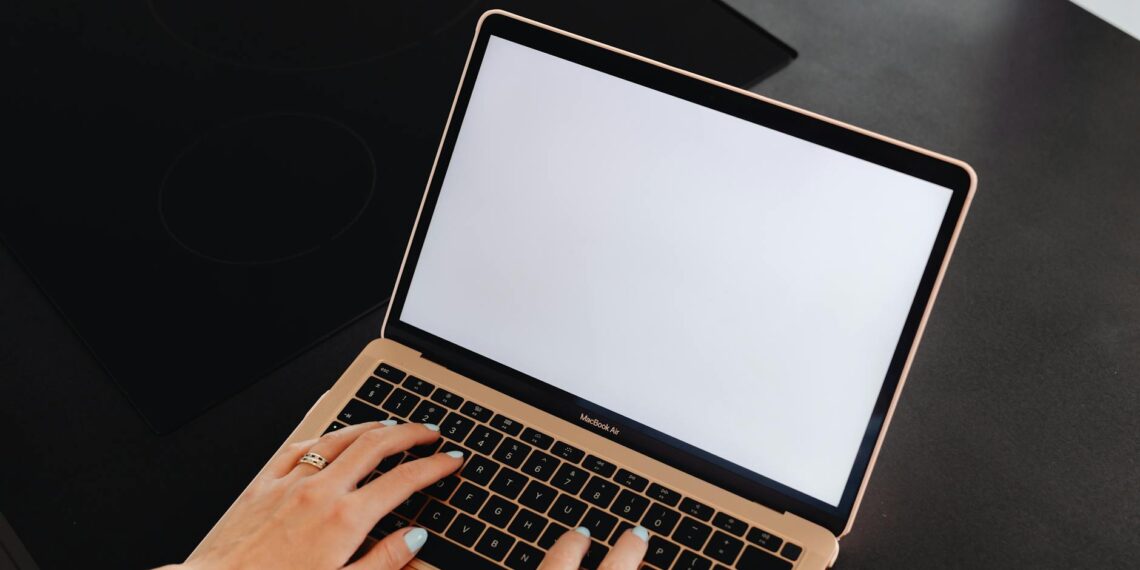The cleaning of silver coins, especially those with collectible value, is a controversial topic among numismatists (coin experts). While cleaning can make a coin appear brighter and more appealing to some, it can also diminish its historical integrity, remove its natural patina (toning), and potentially reduce its monetary worth. In most cases, cleaning collectible coins is strongly discouraged.
However, if you’ve decided to clean silver coins, keeping in mind the potential impact on their value, here are a few methods and important considerations:
- Distilled Water & Soap: This is generally considered the least harmful approach.
– Fill a container with hot water and add a few drops of mild dish soap.
– Gently place the coins in the solution and let them soak for a few hours, turning them over periodically.
– Rinse with distilled water. Avoid tap water, which contains minerals and chlorine that could react with the metal.
– Pat the coins dry with a soft, lint-free cloth or allow them to air dry on an absorbent surface.
- Baking Soda Paste (Use with Extreme Caution): Baking soda is abrasive and can cause microscopic scratches on the coin’s surface, affecting its value.
– Mix baking soda with enough distilled water to form a stiff paste.
– Gently apply the paste to the coin using a soft cloth, avoiding excessive pressure.
– Rinse thoroughly with distilled water and pat dry.
- Baking Soda & Aluminum Foil Method (Proceed with Caution): This method uses a chemical reaction to remove tarnish, but it’s important to be careful with the soaking time.
– Line a bowl with aluminum foil, shiny side up.
– Place the coins on the foil.
– Sprinkle baking soda over the coins.
– Pour hot water into the bowl to cover the coins.
– Let it sit for a few minutes, monitoring the process carefully.
– Rinse with distilled water and dry with a soft cloth.
- Acetone: 100% pure acetone (not nail polish remover) can be used to remove organic buildup without affecting the patina, tone, or luster, although results aren’t guaranteed.
– Exercise caution, and avoid prolonged exposure (start with one minute at most).
– Dip the coin in the acetone, avoiding skin contact.
– Rinse and allow to air dry on a soft cloth.
- Avoid Harsh Chemicals: Bleach, ammonia, and other strong chemicals can damage the coin’s surface.
- Avoid Abrasive Materials: Toothpaste, abrasive cleaning cloths, and brushes (unless very soft) can scratch the coin.
- Avoid Over-cleaning: Cleaning too frequently can be detrimental.
- Consider the Coin’s Value: If your silver coin is rare or holds significant numismatic value, it’s best to consult with a professional coin conservator or grading service.
- Proper Storage: Store cleaned coins in a cool, dry area and protect them from future tarnishing using coin holders, albums, or airtight containers with anti-tarnish strips.
This information is for educational purposes only. Cleaning coins carries inherent risks, and Endeavor Metals and its affiliates do not recommend cleaning coins. Proceed with caution and at your own risk. For valuable coins, seeking professional conservation services is always the best approach.











What cleans silver coins best?
From my experience, Cover the coin’s surface entirely with baking soda. The final step is to pour boiling water into the bowl. You will notice the reaction of bubbles forming over the coin’s surface as the corrosion is pulled to the aluminum. If the reaction does not occur add a bit more baking soda (electrolyte) to the process.